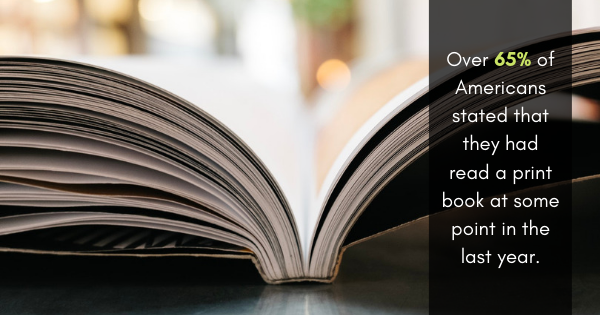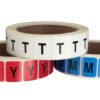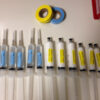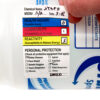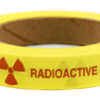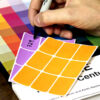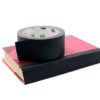Bibliophiles Unite
When many people speak of their first loves, they are talking about a person. For a bibliophile, the love might be a person, but it could very well be a book as well. Or perhaps a person in a book. Print books still remain as the most popular form of reading, even over audio books and tablet reading devices. Over 65% of Americans stated that they had read a print book at some point in the last year.
This love of books runs deep in many of us. If you are a book lover at heart, you probably understand the longing for a stormy and rainy day because it gives you an additional excuse (as if you needed one) to curl up on the couch with a warm blanket, sipping a hot drink, and a favorite book or three surrounding you. Or perhaps you are the late night reader. The type who gets off of work and rushes home to be transported into the majestic world of fiction you have been dying to get back to. Next thing you know it’s 1:00 in the morning. Just one more chapter you say, knowing the entire time its a lie. Then it’s 3:00. 3:13 rolls around and you finally turn the last page of that wonderful series, tears rolling down your face. You know the feeling.
Caring for Books
Loving books forms a certain attachment to them. Wanting to keep books in a pristine condition is normal, though we often recognize that by reading and rereading and rerereading (ok . . . that isn’t really a word) the books, they will experience natural wear and tear. Because of that, we have compiled a list of our top book repair tips to help you maintain the life of your books for as long as possible. Proper book care includes everything from using book spine repair tape when book spine repair tape is needed to how to properly use dry erase labels (in the case of you being a librarian or having a home library).
Prevention is the Best Protection: Every librarian and book lover knows that prevention is the best protection when it comes to books. There is no need of book spine repair tape if the spine of the book is maintained in the first place. In order to prevent damage to books, be mindful of these things:
-Use Hinge Tape for books that will circulate frequently
-Do not eat oily foods while reading! If possible, don’t eat while reading at all.
-Tape the spine of new books. This is especially important for books that will be circulating through libraries
-Teach students or those you lend books to about proper book care techniques
Glue Before You Tape: When it comes to repairing the spin of a book, gluing must be done before taping. Book spine tape repair is very important and can often extend the life of a book by several years. However, in some instances, the damage to the spine is so severe that glue is required as well. This is usually the case for books where the spine is so cracked that pages are falling or nearly falling out. In these cases, be sure to apply a high quality spine glue to the book. After the glue sets and drys, the next step is to tape the spine of the book to ensure it has a strong backing.
Repair Early, Repair Often: While the best type of book maintenance is proactive, damage will still happen to your books on occasion. When damage does occur, it can be easy to be a bit lackadaisical about repair and put it off until absolutely necessary. This is a bad habit to get into and can often result in books becoming damaged beyond repair. Be sure to inspect your books that are in question and make small repairs early, rather than waiting for large repairs to build up over time. Taking time to use book spine repair tape now rather than waiting for the entire book to fall apart is vital to ensuring the longevity of your book collection.
When it comes to books, we all share a love for them. There is little in life that brings more joy, or that can evoke powerful emotions than reading a phenomenal book.

